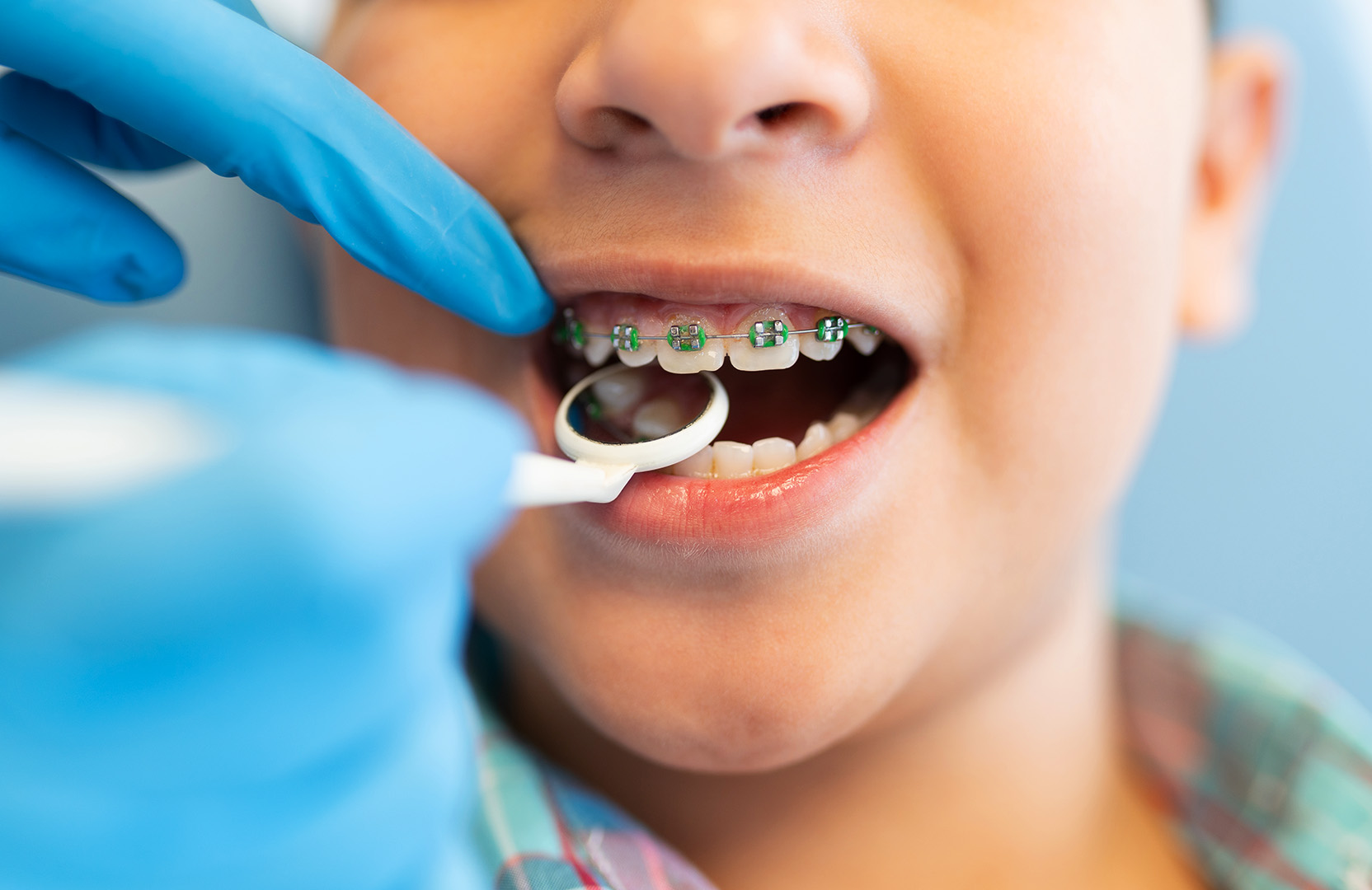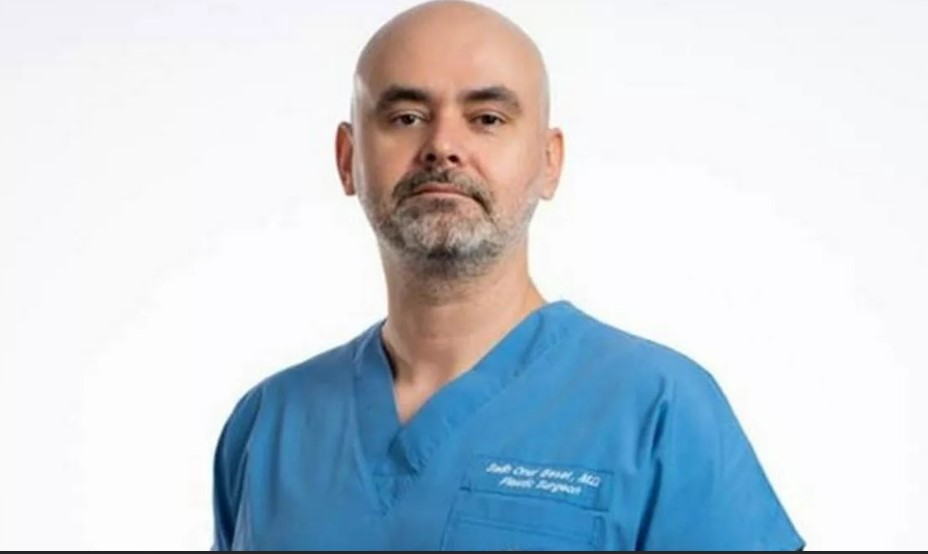Health
How Does Harding Of The Artery Affect Your Body?

Plagues are the eventual deposition of cholesterol inside the blood vessels. The testimony of these plagues makes arteries hard, resisting the blood to flow. There is a medical term for such complications of hardening of arteries called atherosclerosis or arteriosclerotic vascular disease.
In atherosclerosis patients, the arteries become narrowed and hardened because of the development of plaque around the walls of the artery. In such cases, the blood resists flowing through the blood vessel.
It is a condition in which the flowing blood around the body gets disrupted, increasing the risk of serious complications. An artery is the blood vessel responsible for carrying oxygenated blood throughout the body.
A thin layer of cells present in the arteries makes them smooth and allows the blood to flow smoothly. These thin layers of cells are called the endothelium. Atherosclerosis affects the endothelium by damaging it, allowing harmful cholesterol to develop in the artery walls.
Can Atherosclerosis Be Cured?
The doctor will likely tell people who have atherosclerosis to develop a healthy lifestyle, including a healthy diet to maintain a healthy weight.
But in some cases, based on the condition of the patient, the doctor may also ask you to go for medication or surgery, such as:-
Healthy lifestyle
A healthy lifestyle involves weight management, physical activity, and a healthy diet. The doctor may suggest you consume foods that are rich in soluble fibers and may also ask you to make some limitations, such as avoiding saturated fats, sodium, and alcohol.
Medication
Antiplatelet drugs can be used to prevent the development of plaque or help in avoiding blood clotting. In addition, there are other medicines, such as statins, that are prescribed in order to lower cholesterol and angiotensin-converting enzyme(ACE) inhibitors lowering the blood pressure.
Surgery
Some cases, such as severe atherosclerosis that cannot be treated entirely with a healthy lifestyle and medication, need surgery. Therefore operations are performed, such as angioplasty or coronary artery bypass grafting(CABG).
Angioplasty and stenting is a medical procedure in which the artery is expanded in order to clear the blockage to let the blood flow properly again.
In this process, the doctor will insert a thin tube into an artery of your legs or arms to get diseased arteries viewing the blockage on the X-ray screen.
Stenting can ease the symptoms of atherosclerosis, but it cannot prevent heart attack. CABG is another surgical procedure to improve the flow of blood to the heart using arteries from different parts of the blood to bypass a narrowed coronary artery.
Bypass surgery is a procedure in which the doctor takes a healthy blood vessel from your leg or chest and uses it by passing it through a blocked segment.
Endarterectomy is a medical procedure in which the doctor goes into the arteries in the neck to remove plaque and restore the flow of blood.
Fibrinolytic therapy is a type of treatment in which a drug is used to dissolve the blood clot that’s blocking the artery.
In some cases of atherosclerosis, men have difficulty in erection, so depending on the severity and other prevailing conditions, the doctor may even prescribe other PDE5 medications like Cenforce 100mg. Sildenafil Citrate present in Cenforce 100mg works by increasing the flow of blood and may help in resolving the condition. Always consult with the doctor for consuming Cenforce 100mg.
What Specific Things You Can Do To Avoid Atherosclerosis?
Taking preventive measures is the best way to deal with atherosclerosis. If the condition occurs, it is almost impossible to reverse its effects completely. So it is always best to prevent such disease rather than treating it. ‘Precautions are always better than cure.’
Preventive measures for atherosclerosis involves specific steps, such as:-
Diet: Fats play a vital role in the development of atherosclerosis. Therefore doctors recommend avoiding consuming saturated fats as they increase the level of bad cholesterol. The foods that are mentioned below are rich in saturated fats and can keep the level of bad cholesterol low.
- Olive oil
- Avocados
- Walnuts
- Oily fish
- Nuts
- Seeds
Exercise: Regular exercise can improve the flow of blood, fitness level, weight loss, and also it lowers blood pressure.
No Smoking: Smoking increases the risk of developing atherosclerosis because it increases blood pressure. People who smoke should quit smoking and do not forget to consult a doctor to overcome its harmful effects.
Avoid self-medicating: In some atherosclerosis cases, men face difficulty in erection and try to resolve it on their own through medications like Cenforce 100mg. Doing this can be dangerous, Cenforce 100mg is a PDE5 inhibitor group of medicine that affects heart function. Medications like Cenforce 100mg may even worsen the condition.
Therefore, always consult your doctor first before self-medicating with any medication, even if it is Cenforce 100mg.
Health
The Role Of Preventive Dentistry In Avoiding Complex Procedures

Preventive dentistry saves you from needing complex procedures. By focusing on routine care, you maintain your teeth and gums in top condition. Visiting a dentist in Osprey, FL regularly helps spot potential issues before they become big problems. Regular check-ups and cleanings remove plaque and detect early signs of decay. This reduces the likelihood of needing fillings or extractions. Understanding the benefits motivates you to prioritize your dental health. Dental sealants and fluoride treatments offer extra layers of protection. These measures stop minor issues from becoming major concerns. Dental care is a partnership between you and your dentist. They guide you in maintaining a healthy mouth at home. Brushing, flossing, and using mouthwash are essential practices. These simple habits can prevent expensive procedures in the future. Your commitment to preventive care not only protects your oral health but also boosts your confidence and well-being.
Why Preventive Dentistry Matters
Many overlook the quiet power of preventive dentistry. It emphasizes regular monitoring and care over reactive treatments. You gain control over your oral health by embracing preventive measures. This approach minimizes the need for complicated and costly procedures later. Understanding what preventive dentistry entails can change how you view your dental visits.
Core Elements of Preventive Dentistry
Preventive dentistry includes several key components. Regular dental check-ups are at the heart of this approach. These visits typically involve professional cleanings, examinations, and x-rays. Each plays a role in keeping your mouth healthy.
- Professional Cleanings: These remove plaque and tartar, which can’t be eliminated by brushing alone.
- Dental Examinations: Dentists check for signs of tooth decay, gum disease, and oral cancer.
- X-rays: These reveal underlying issues not visible to the naked eye.
By incorporating these elements, you can avoid extensive procedures. This proactive care sustains your dental health over time.
The Impact on Overall Health
Oral health affects overall health significantly. Poor oral hygiene can contribute to conditions like heart disease and diabetes. By practicing preventive dentistry, you maintain not only your dental health but also your overall well-being.
Cost Comparison: Preventive vs. Complex Procedures
Investing in preventive dentistry can save you money. Complex procedures often come with high costs. To understand this better, consider the following cost comparison:
| Procedure | Average Cost |
|---|---|
| Regular Cleaning | $75-$200 |
| Filling | $150-$400 |
| Root Canal | $700-$1,500 |
| Crown | $800-$2,000 |
| Extraction | $75-$300 |
As the table shows, preventive care like regular cleanings costs less than treatments for advanced dental issues. These savings, over time, demonstrate the value of committing to preventive measures.
Developing Healthy Habits
Establishing good dental hygiene habits is crucial. Consistent brushing and flossing remove food particles and plaque. Using a fluoride toothpaste strengthens your enamel. A well-balanced diet supports oral health too. Limit sugary snacks and drinks. These simple yet effective habits keep your mouth healthy and resilient.
Collaborating with Your Dentist
Your dentist is your ally in preventive care. They provide personalized advice tailored to your needs. During visits, they identify potential issues and recommend strategies to address them. Working with your dentist ensures a comprehensive approach to maintaining oral health.
Conclusion
Preventive dentistry plays a vital role in maintaining your oral health and avoiding complex procedures. By staying proactive, you ensure your dental health remains strong. Regular visits to a trusted dental professional are essential. With these steps, you protect your smile and your wallet. Embrace preventive dentistry as a cornerstone of your health routine. Your future self will thank you.
Health
5 Benefits Of Regular Follow Ups During Orthodontic Care

You’re on a journey to a healthier smile with orthodontics in Montgomery. Regular follow-ups are your way to get there smoothly. These appointments are not just a routine. They are essential for your treatment success. They help track progress, adjust treatments, and ensure everything is on track. Each visit is a step forward, ensuring that your braces or aligners work as intended. You catch problems early, preventing discomfort and costly fixes. Follow-ups also keep you motivated. They offer reassurance and guidance, keeping your goal in sight. You are not alone in this journey. Your orthodontist is your partner, skilled and ready to support you. These appointments provide personalized care, tailored to your needs. You will find comfort knowing that each step is taken with precision and care. In this blog, discover five benefits of regular follow-ups and how they enhance your orthodontic care journey.
1. Early Detection of Issues
Regular follow-ups are crucial in spotting potential problems. Whether it’s a loose bracket or a shifting tooth, early detection prevents bigger issues. You avoid discomfort and costly treatments. This proactive approach keeps your orthodontic plan on target. Regular checks mean fewer surprises, ensuring your treatment stays effective.
2. Accurate Adjustment of Appliances
Your braces or aligners need precise adjustments for optimal results. Follow-ups allow your orthodontist to fine-tune your appliances. Small changes keep your treatment progressing smoothly. This ensures that your teeth move as planned. You benefit from a personalized approach, tailored to your unique needs.
3. Improved Oral Hygiene
Regular visits help you maintain good oral hygiene. Your orthodontist provides guidance on brushing and flossing. They offer tips to keep your mouth healthy during treatment. This prevents problems like cavities and gum disease. By following their advice, you ensure a clean, healthy smile throughout your care.
4. Motivation and Support
Orthodontic treatment is a journey. Regular follow-ups provide motivation to keep you on track. Each visit offers reassurance and encouragement. You see progress firsthand, boosting your confidence. Your orthodontist is there to support you at every step. This partnership helps sustain your commitment to achieving your dream smile.
5. Cost-Effectiveness
Consistent follow-ups can save you money in the long run. By catching issues early and ensuring correct adjustments, you avoid costly repairs. This means your treatment stays on schedule, reducing the need for extended care. Regular visits are a wise investment in your long-term dental health.
Comparison: Follow-Up Frequency and Treatment Success
| Follow-Up Frequency | Chance of Treatment Success |
|---|---|
| Every 4-6 Weeks | High |
| Every 6-8 Weeks | Moderate |
| Less Frequent | Low |
Data from the American Association of Orthodontists confirms that regular follow-ups increase your treatment’s success rate. More frequent visits ensure better outcomes. This table shows the connection between visit frequency and treatment success.
Conclusion
Regular follow-ups are essential in your orthodontic journey. They provide early issue detection, accurate appliance adjustments, and improve oral hygiene. These visits keep you motivated and supported. They also make your treatment cost-effective. By sticking to your follow-up schedule, you ensure your orthodontic care is successful and smooth. It’s an investment in your smile and overall dental health.
Health
Building Confidence In Kids Through Proactive Orthodontic Planning

Confidence is a powerful force in a child’s life. You help kids build their confidence by addressing orthodontic needs early. When your child visits the children’s dentist in Merced, you open the door to proactive orthodontic planning. This approach not only nurtures a bright smile but also promotes self-assurance. Misalignment and bite issues can lead to more than dental problems. They can impact how kids see themselves. By tackling these challenges early, you support a positive self-image. Early planning stops small problems from becoming big ones. It also helps ensure a smoother orthodontic experience. Plus, early intervention reduces the time and discomfort your child might face later. At each visit, children receive not just dental care but a boost in self-esteem. You give them more than straight teeth. You give them the best chance to smile confidently at the world.
Understanding the Importance of Early Orthodontic Planning
Identifying dental issues early provides benefits beyond oral health. It contributes to a child’s overall well-being. The American Association of Orthodontists suggests that children have their first orthodontic check-up by age seven. This early evaluation helps detect potential problems that may require attention. Early detection means you can start treatments when they’re most effective. You support your child’s growth and development without waiting for problems to worsen.
Benefits of Proactive Planning
Proactive orthodontic planning offers several advantages:
- Identifies issues such as crowding, misaligned teeth, and bite problems early.
- Reduces the risk of trauma to protruding front teeth.
- Facilitates proper jaw growth and guides incoming permanent teeth.
By addressing these issues early, you minimize the need for complex treatments later. This approach also means fewer orthodontic appointments and less discomfort in the future.
Building Self-Esteem Through a Confident Smile
A child’s self-esteem is closely linked to their smile. Misaligned teeth can cause children to feel self-conscious. They may shy away from social interactions, impacting their social development. By providing early orthodontic care, you offer your child a chance to smile with confidence. A straight, healthy smile encourages them to engage with confidence and interact without hesitation.
A Closer Look with a Data Table
The following table compares the outcomes of early vs. late orthodontic intervention:
| Aspect | Early Intervention | Late Intervention |
|---|---|---|
| Detection of dental issues | Issues identified early | Potentially overlooked until noticeable problems arise |
| Treatment complexity | Less complex treatments required | More complex treatments may be necessary |
| Self-esteem impact | Boosts self-esteem early | Possibly prolonged self-consciousness |
Steps to Take for Effective Orthodontic Planning
To ensure proactive orthodontic planning for your child, follow these steps:
- Schedule a check-up with an orthodontist by age seven.
- Regular dental visits help monitor your child’s oral development.
- Communicate with your child’s dentist about any concerns.
Engaging in open dialogue with your dental care provider ensures you have the information you need.
Resources and Guidance
Parents looking for more information about children’s oral health can visit the Centers for Disease Control and Prevention for valuable resources. Additionally, the American Dental Association offers insights into maintaining children’s oral health. Staying informed empowers you to make the best decisions for your child’s orthodontic care.
The Role of Parental Support
Your support plays a significant role in your child’s orthodontic journey. Encourage them to maintain good oral hygiene and attend appointments. Celebrate milestones like getting braces or having them removed. These positive reinforcements help your child feel supported and valued.
Conclusion
Building confidence in kids through proactive orthodontic planning is an investment in their future. Early intervention keeps dental issues manageable and prevents them from affecting self-esteem. With the support of skilled orthodontists and resources available, you guide your child toward a bright, confident future. Remember, confidence is built one smile at a time.
-

 News1 week ago
News1 week agoHow Firms Assist With International Business Operations
-

 All1 week ago
All1 week agoDr. Salih Onur Basat — Refined Harmony with rhinoplasty in turkey
-

 News7 days ago
News7 days ago3 Benefits Of Choosing One Animal Clinic For Multi Pet Homes
-

 Fashion6 days ago
Fashion6 days agoHow Luxury Car Rentals Transform Ordinary Trips into Extraordinary Experiences
-

 Health6 days ago
Health6 days ago5 Benefits Of Regular Follow Ups During Orthodontic Care
-

 Health5 days ago
Health5 days agoThe Role Of Preventive Dentistry In Avoiding Complex Procedures

